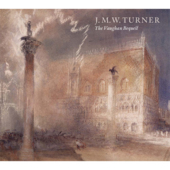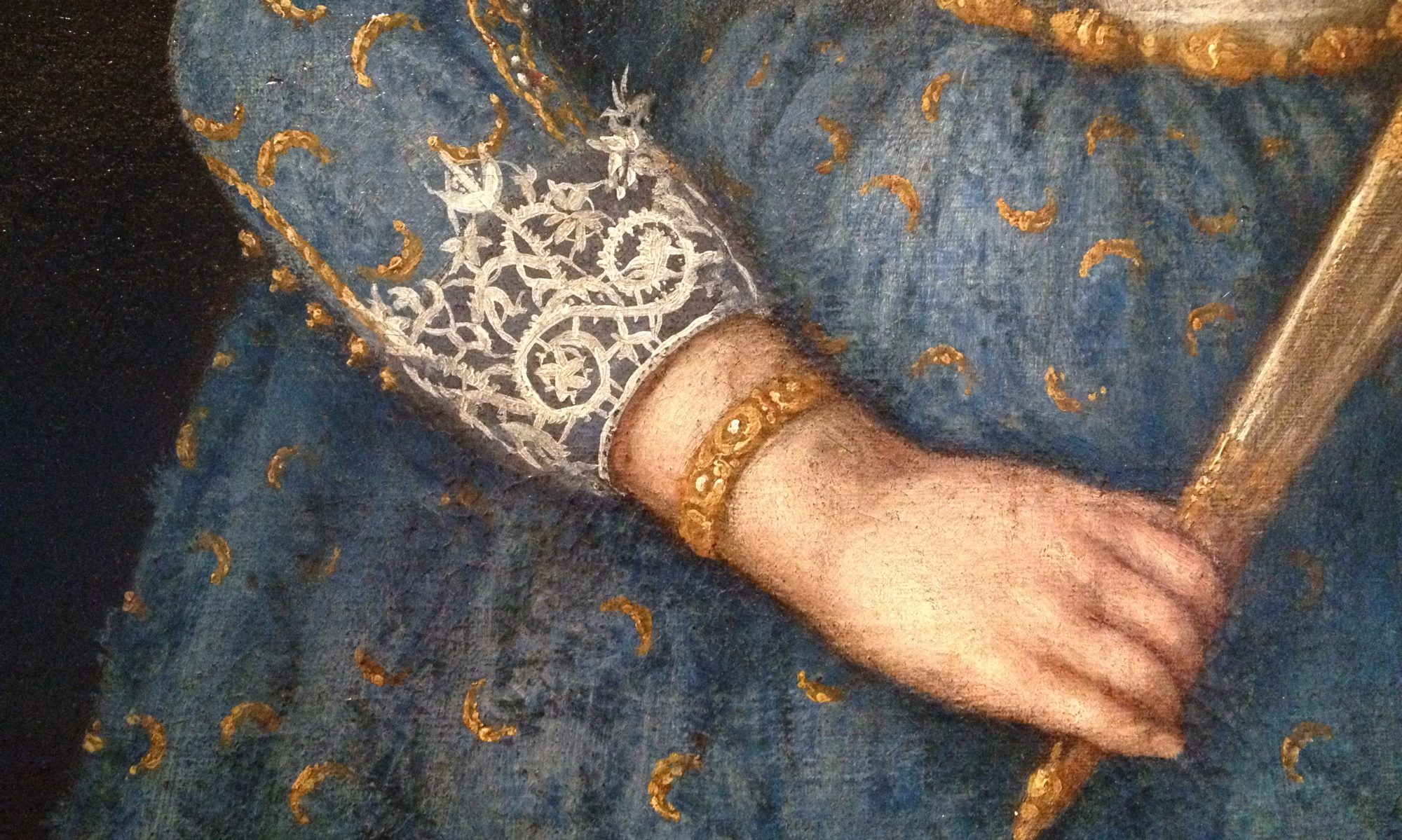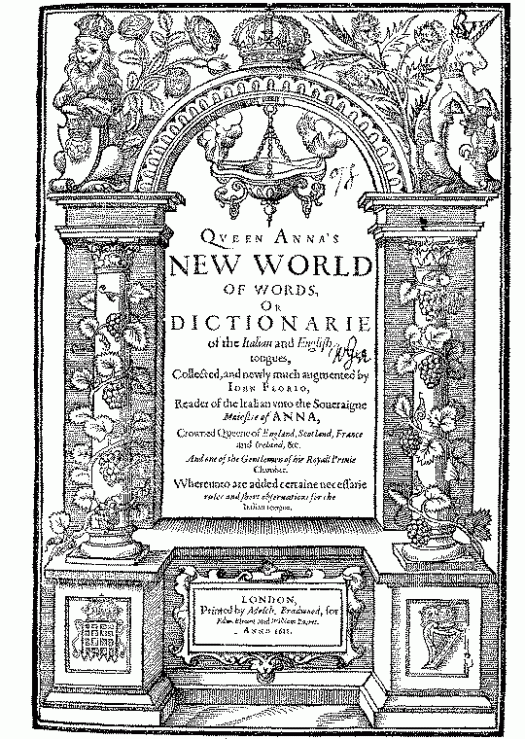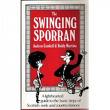Every January the Vaughan Bequest of 38 watercolours by J M W Turner (1775–1851) held by the National Gallery of Scotland is put on public display. Henry Vaughan was an important art collector in London and in his will in 1899 he bequeathed the whole of his extraordinary collection to the nation and the lucky recipients were Scotland and also Ireland where a further 31 watercolours are conserved in Dublin at the National Gallery of Ireland. However, the terms of Vaughan’s will stated that the paintings could only be shown in January when the delicate paper and colours would be least likely to be damaged by natural daylight. As a result, every January the two collections appear on public display, a tradition that now dates back over a century.
There were very few beams of sunlight today in Edinburgh and none penetrated the two rooms where the Turner watercolours are exhibited since they are completely enclosed, down in the Lower Gallery of the Royal Scottish Academy building, illuminated only by carefully regulated and temperature-controlled lighting. But thanks to this careful treatment, the colours of these watercolours really have retained their brilliance. The colours range from the brightest azures and acquamarines to deep indigos and greens, mauves and pinks, the faintest blue haze, dazzling yellows and whites. You can find all 38 here in the National Gallery of Scotland online collection.
Among the watercolours are six of Venice painted during his visits there in 1819, 1833 and 1840, as well as paintings of Lake Albano, Lake Como and Verres in Val d’Aosta painted during his travels through Italy.

These views of Venice have particular resonance at the moment because I am proofreading a wonderful book on the history of Venetian gardens. The book opens with Jacopo de Barbari’s woodcut of Venice made in 1500 that shows the extensive planting and garden areas on the Giudecca and the numerous islands in the lagoon, as well as – surprisingly – throughout the city. Hidden in courtyards, concealed spaces behind high walls, the gardens in Venice might not be big but they offered cool shade in summer and, above all, vital space for growing herbs and vegetables.
Columbia University’s Department of Art History and Archeology have the most wonderful interactive version of de Barbari’s “bird’s-eye view” map freely available online (you might have to scroll along until you find the map of Venice project). I have saved one view here which shows a magnified view of gardens (if it doesn’t work try zooming in). Otherwise, try this one – click on the letter D and then when the image has loaded, move the magnifying glass around.
This is the real power of the internet: offering staggeringly inventive technology, on an inclusive basis.
On a last note about Turner, it is worth noting the major spring exhibition to be held here at the National Gallery of Scotland on Turner & Italy (27 March – 7 June 2009).
It will celebrate the love affair between the artist and Italy. Featuring over 100 works including oil paintings, watercolours, sketchbooks, and books from Turner’s library… Spectacular loans from collections in Washington, Melbourne, Paris and London will be in the show. Highlights will include many of Turner’s late masterpieces, such as his 1844 Approach to Venice, which the critic John Ruskin considered ‘… the most perfectly beautiful piece of colour of all that I have seen produced by human hands, by any means, or at any period‘.
High praise indeed – and full marks to Vaughan for having the foresight to preserve the colours of the minor (only in the sense of smaller) gems on show at the moment.


